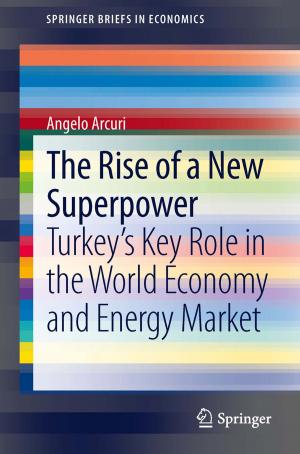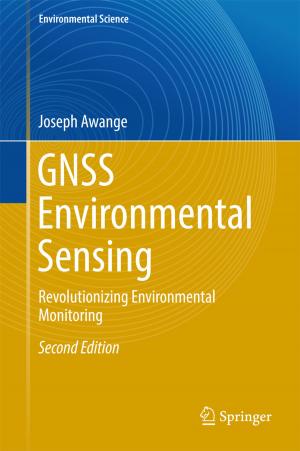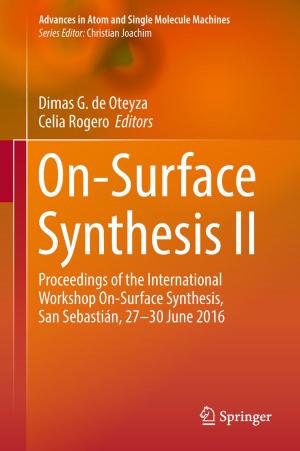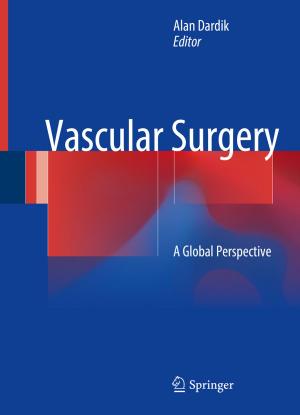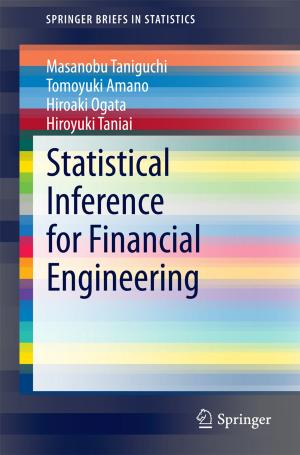A Conceptual Model for Designing Recycled Aggregate Concrete for Structural Applications
Nonfiction, Science & Nature, Science, Physics, Mechanics, Technology, Engineering, Civil| Author: | Marco Pepe | ISBN: | 9783319264738 |
| Publisher: | Springer International Publishing | Publication: | December 12, 2015 |
| Imprint: | Springer | Language: | English |
| Author: | Marco Pepe |
| ISBN: | 9783319264738 |
| Publisher: | Springer International Publishing |
| Publication: | December 12, 2015 |
| Imprint: | Springer |
| Language: | English |
This book reports on the physical and mechanical characterization of Recycled Aggregate Concrete (RAC), produced through a partial-to-total replacement of ordinary aggregates with what have been dubbed Recycled Concrete Aggregates (RCAs). It proposes a theoretical framework for understanding the relationships between RCAs and RCA, and for predicting the resulting behavior of RAC. The book demonstrates that in the case of RAC two additional parameters have to be taken into account than with ordinary aggregates, due to the composite nature and higher porosity of RCAs. By extending Abrams’ Law for Recycled Aggregate Concrete, it represents a first step in the formulation of a general model for predicting the properties of RAC. The theoretical approach presented here addresses an important gap in the literature and is expected to stimulate new research on the use of this more sustainable form of concrete in structural applications.
This book reports on the physical and mechanical characterization of Recycled Aggregate Concrete (RAC), produced through a partial-to-total replacement of ordinary aggregates with what have been dubbed Recycled Concrete Aggregates (RCAs). It proposes a theoretical framework for understanding the relationships between RCAs and RCA, and for predicting the resulting behavior of RAC. The book demonstrates that in the case of RAC two additional parameters have to be taken into account than with ordinary aggregates, due to the composite nature and higher porosity of RCAs. By extending Abrams’ Law for Recycled Aggregate Concrete, it represents a first step in the formulation of a general model for predicting the properties of RAC. The theoretical approach presented here addresses an important gap in the literature and is expected to stimulate new research on the use of this more sustainable form of concrete in structural applications.

